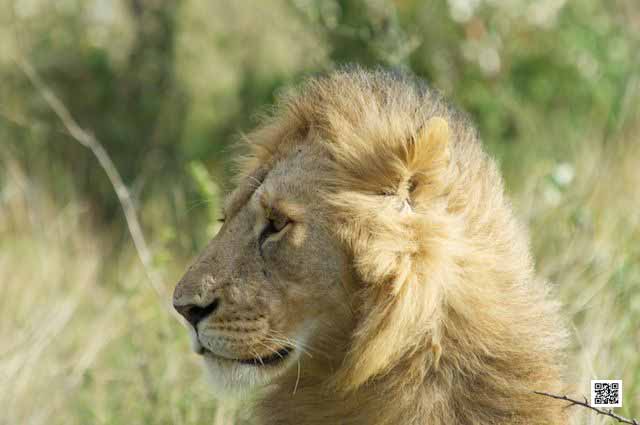
An African photography safari is the adventure of a lifetime whether you are a point and shoot beginner or a seasoned veteran. One of the biggest concerns for most people is bringing the right equipment so that you don’t end up missing, or messing up, the one in a million shot. Fortunately, you don’t have to be a photography expert or need to spend a fortune in order to capture all the wonder and majesty Africa has to offer. Here are some suggestions for cameras and lenses that will have you taking pictures that National Geographic would be proud to publish!
The Perfect Camera
Your camera, or more appropriately, cameras, are the most important equipment that you will bring on your photo safari. It may seem tempting to decide that your smartphone camera will work well enough or that you can cut corners by buying a couple of inexpensive digital cameras. Either of these options will result in you missing important shots and being unhappy with the shots you do get when you get home and are editing.
Digital Single Lens Reflex Camera
The best choice for capturing the amazing images from your trip will be a digital single lens reflex, or DSLR, camera. There are several well respected manufacturers of DSLR cameras, such as Canon, Nikon, Olympus, and Sony. These cameras are extremely versatile, and with the correct lenses they can capture the smallest bird sitting on a branch or a cheetah running at full speed across the open plain. While DSLR cameras are fast, versatile, and user friendly, they can and do sometimes fail in the harsh environments of Africa. For this reason, the well prepared traveler will bring two camera bodies on safari and keep one in reserve in case the first fails or is damaged.
Important Features
When shopping for the perfect cameras there are a few key features that need to be considered.
What type of image stabilization does the camera itself have? You will often want to shoot while moving or while in an unusual position, and camera stabilization will be necessary to keep from taking blurry photographs. Small size and weight are nice features but should not be traded for functionality. You will also want to look for a DSLR that has extended dynamic range. This feature will make sure that your photographs are not too bright or too dark, and that detail is not lost in either shadow or brightness. Many new cameras offer this enhanced feature, but there are also computer programs that can fix issues after the photograph has been taken.
The Right Lens for the Job
Professional DSLR lenses are extremely expensive, heavy and take a lot of practice to learn to use correctly. Fortunately, those lenses are not necessary to take great, close up photos during your safari. Look for telephoto lenses that have internal stabilization and have a large maximum aperture, like the Canon EF 100-400L IS. Also, consider bringing two lenses so that you do not have to open your camera up in all the dust and risk damaging your camera.
Now that you have your camera and lenses picked out, contact us and learn about our photography safari options.
Jill Liphart for Roho Ya Chui. Travel AFrica
